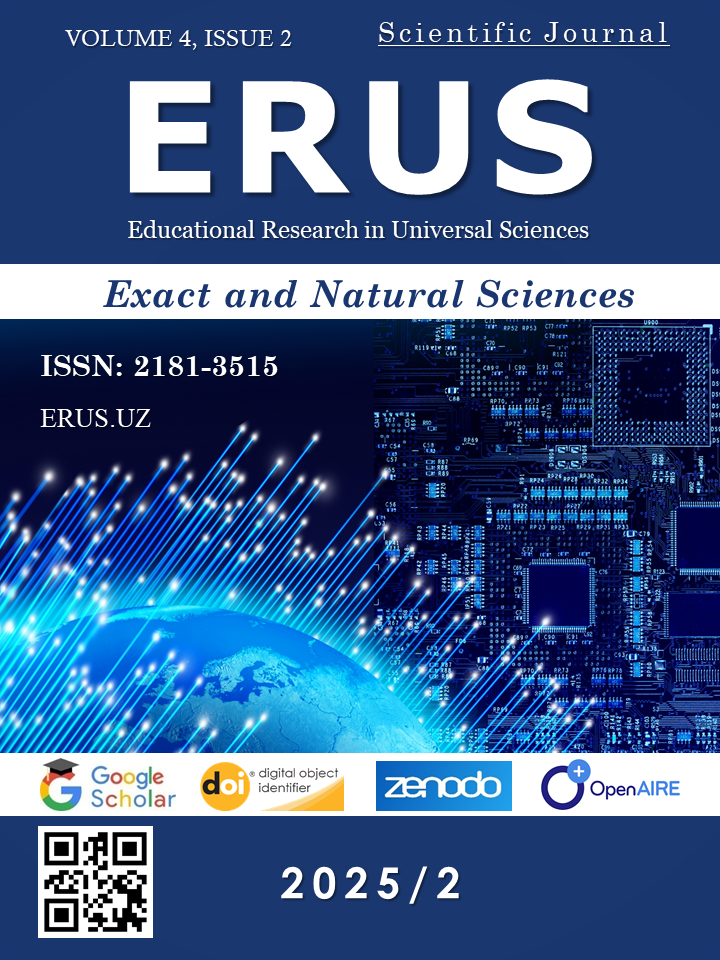DIFFERENT APPROACHES TO LEARNING MATHEMATICS
Keywords:
Mathematics learning, Problem-solving, Critical thinking, Inquiry-based learning, Visual learning, Mastery learning, Collaborative learning, Traditional methods, Mathematical reasoning, Analytical thinking, Interactive tools, STEM education.Abstract
Mathematics is a fundamental subject that plays a crucial role in various fields, including science, engineering, economics, and technology. Developing strong mathematical skills is essential for logical reasoning, problem-solving, and analytical thinking. However, different learners have different needs and preferences, which is why multiple approaches to learning mathematics exist. This document explores various methods used to teach and learn mathematics, their benefits, challenges, and how they can be combined for optimal learning outcomes.
References
1. Polya, G. (1957). How to Solve It. Princeton University Press.
2. Bruner, J. (1966). Toward a Theory of Instruction. Harvard University Press.
3. Schoenfeld, A. H. (1992). Learning to think mathematically: Problem-solving, metacognition, and sense-making in mathematics.
4. Sweller, J. (1988). Cognitive load during problem-solving: Effects on learning. Cognitive Science.
5. Vygotsky, L. S. (1978). Mind in Society: The Development of Higher Psychological Processes. Harvard University Press.
6. Boaler, J. (2016). Mathematical Mindsets: Unleashing Students’ Potential through Creative Math. Jossey-Bass.
Downloads
Published
Issue
Section
License

This work is licensed under a Creative Commons Attribution-NonCommercial-NoDerivatives 4.0 International License.




